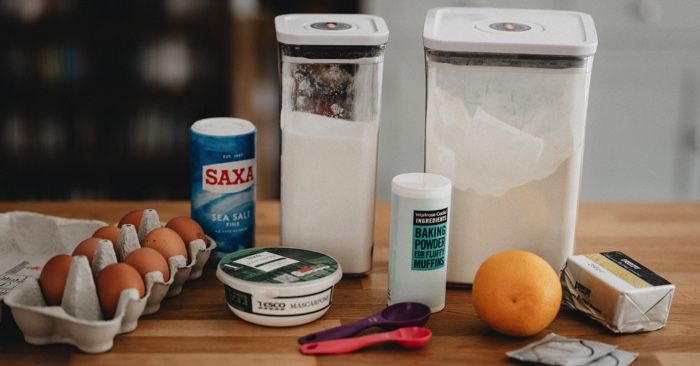
How a Recipe Saved My Life: a History of the Marian Burros Plum Torte and Me
Do you have a recipe that you can make by heart? Does it have a story that goes with it? I do. Over the course of one summer, and in the subsequent five or six years, I’ve made dozens (if not hundreds) of a simple plum cake from a New York Times recipe by Marian Burros. I started baking the cake around my 39th birthday, after New Yorker food writer Helen Rosner tweeted about it.
At first I made them so frequently — every other day or so — because they taste so good and are so easy, a real ROI win. Later I continued making them, almost obsessively, because I was handling a sensitive and upsetting situation from a leadership position and needed a consistent and safe way to handle my own feelings. You might be surprised how effective creaming butter can be. (I also watched the “Pie-Mary” episode of Parks and Recreation on repeat for months. I cannot explain why it was that particular episode any more than I can explain why it was this particular cake.)
The danger in associating anything — a book, a TV show, a cake — with a traumatic time in your life is that you may be forced to think about that time every time you revisit that thing. It is my finding, in this case, that having cake softens the blow.
Marian Burros has been a food writer for The New York Times since 1981, with a regular column since 1983. She has published 13 cookbooks, beginning with Elegant But Easy in 1962, updated around the turn of the century, and most recently, Cooking for Comfort. It has been 20 years since her last book. Other than the plum cake (which she calls a torte), she is best known for her 1985 investigation that revealed the use of wood pulp in the high-fiber Fresh Horizons Bread.
According to lore, the recipe was given to Burros shortly after she got married. She first published the recipe in her column in September 1983, and the Times went on to reprint the recipe every September, as the necessary plums showed up in New York farmers markets. In 1989, feeling that seven appearances were enough, the paper announced that they would no longer publish it yearly. They have apparently never received so many letters from readers — at least not about food. People were distraught to lose their yearly indication that autumn was imminent, to lose the ritual of the recipe’s appearance. That “final” year, it was given a large spread in the paper, so that it could be saved for future use (Paywalled source). The recipe has appeared sporadically since, and many food blogs have published their own interpretations of it, including Smitten Kitchen. It is also in Burros’s book Cooking for Comfort and is at least discussed in her collection of past columns, Best of De Gustibus (I do not have a copy to check).
One stick (½ cup) butter, softened. As soon as you begin to crave cake and/or notice that you have plums or other fruit on hand that needs to be eaten, take out a stick of butter — unsalted if you have it — and let it rest on the counter. If it’s particularly hot in your kitchen, set it on a plate. A cup of sugar (reduce by ¼ cup if you prefer your cake less sweet). With an electric mixer, or in a stand mixer, cream together the now-soft butter and the sugar until the sugar has disappeared into the butter and the mixture is beginning to look both creamy and fluffy. Two eggs. (Two eggs? In this economy?) Mix until combined.
One cup all-purpose flour. One teaspoon baking powder. One half teaspoon salt (you may omit the salt if using salted butter). Sift dry ingredients into wet and stir to combine. Realize that you forgot to preheat your oven. Turn it on at 350º (175 celsius). Butter a springform pan, cake pan, pie pan, or whatever you have that is approximately nine inches across and two inches (or more) deep. Pour in the batter and level it slightly. There is no need to be fussy or precise.
Six regular plums, 12 purple plums, or equivalent amount of any other fruit. I find stone fruit and berries the most satisfying, with a particular liking for cherries, followed by blueberries and blackberries. If using anything with a pit, remove it. Cut plums in half, but berries may be left whole. Lay the fruit on top of the batter, skin side up if applicable. Juice of half a lemon. One tablespoon sugar. One tablespoon cinnamon. It is not necessary to measure the sugar or cinnamon unless you prefer to. Sprinkle the lemon juice, sugar, and cinnamon over the fruit. Bake for about an hour, checking after 45–50 minutes. Let cool completely before eating…if you can.
I hope you do not have need of this recipe in the way that I did, but if you do, I can promise it’s a good choice.
















